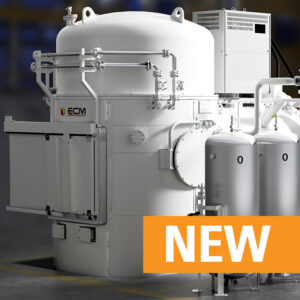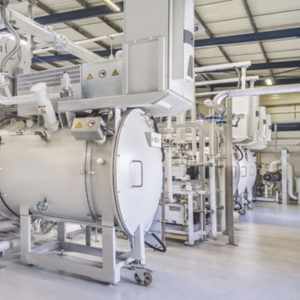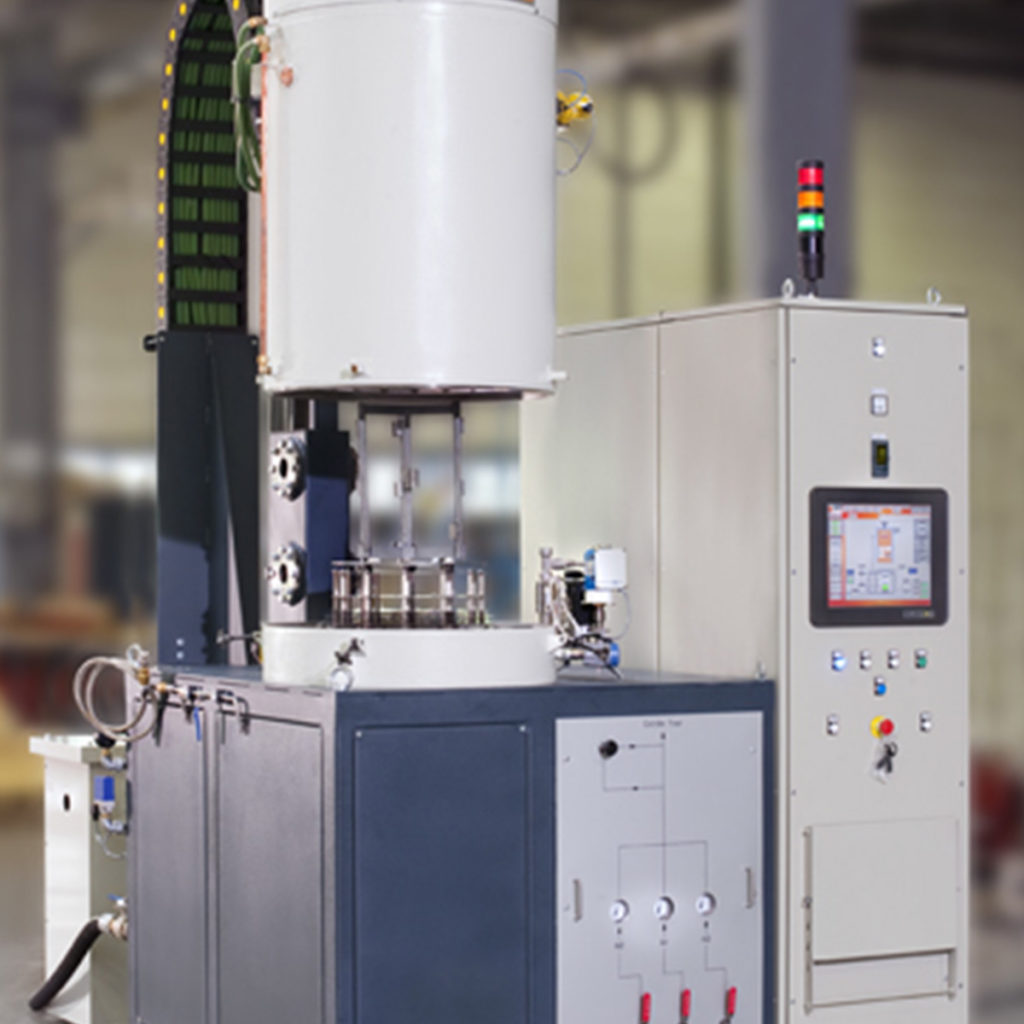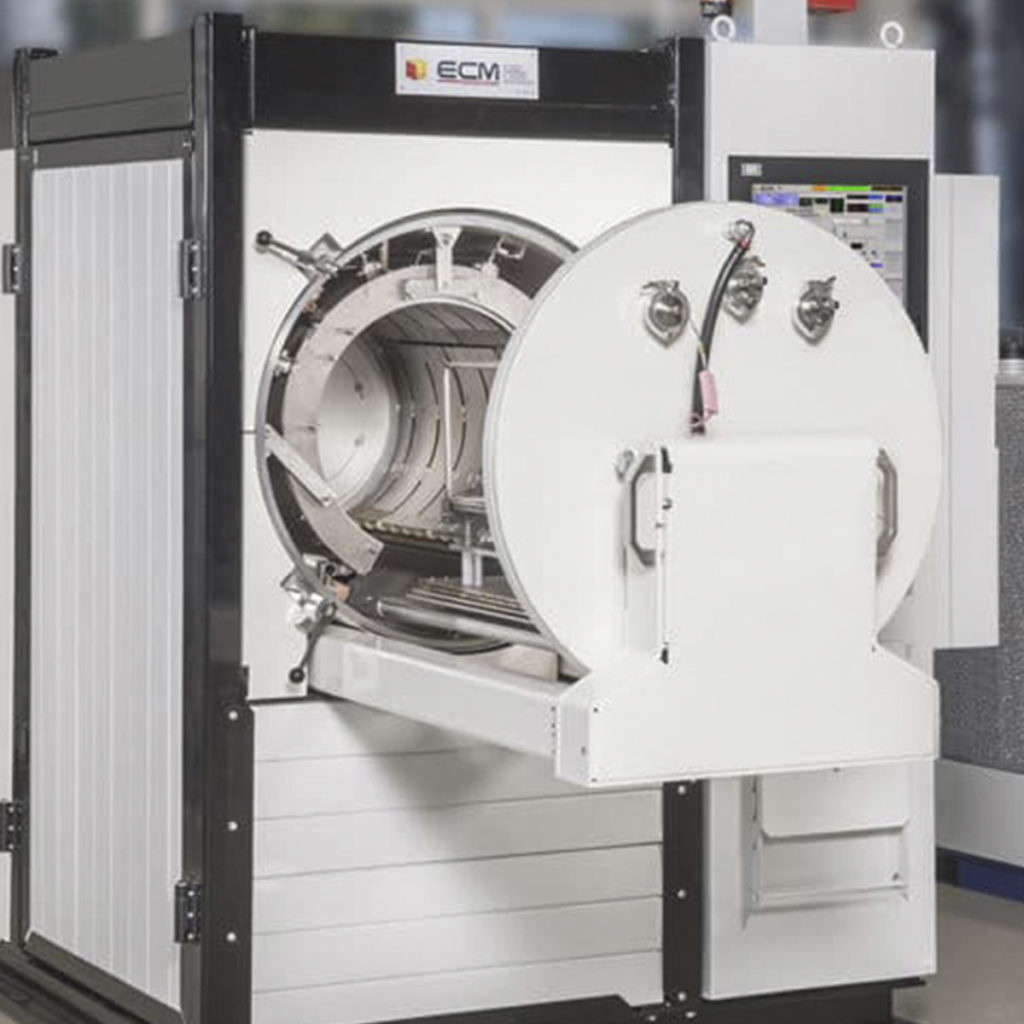How it’s Done and Why: Transitioning Parts from Atmosphere Carburizing to Low Pressure Vacuum Carburizing
Authors
Vincent Lelong | Synergy Center Supervisor & Metallurgist, ECM-USA
Amberlee Welch | Assistant Plant Metallurgist, Nexteer Automotive
(page 3 of 3)
One rather noticeable difference between the samples was the amount of intergranular oxidation (IGO) at the surface of the parts. There are multiple previous trials and papers that have shown how IGO generally has a negative effect on the fatigue strength of automotive parts. The atmosphere carburized sample exhibited up to 25 micron depth of IGO, compared to none observed in the low pressure carburized cage. This is a significant benefit of using a vacuum environment with short boosts of a carburizing gas instead of a continuous atmosphere that allows for oxidation between grains. Refer to Figure 9 and 10 for pictures showing the difference.
Another success to the vacuum carburized part is the reduction in distortion from the gas quench. For this particular part, the roundness is the most important factor, as it had to fit inside another spherical part with a specific fit. Current production, atmosphere carburized parts show a typical out of round between 0.06 and 0.09mm. Due to this heat treat distortion the part must have final machining to allow the correct fit into the mating component. On a limited sample size of 6 parts, the low pressure vacuum carburized parts showed an out of roundness distortion of only 0.02 to 0.03mm. This significant improvement may allow for no final machining.
POTENTIAL PART PROCESS REDUCTION
LPC with a gas quench can also have major impacts on post heat treatment processing. For example, potential process reduction or elimination would come from reduced distortion, such as mentioned in the results section. LPC has shown a reduction in distortion is possible. With that reduction, final hard turning or machining to ensure specific final part dimensions may not be necessary. In many cases this can be a significant cost savings. Figure 11 shows one potential atmosphere to low pressure vacuum carburizing scenario.
Another example may include a coating process reduction. Many companies that paint parts after heat treat have complaints and hardships about baked on oil or scale from traditional atmosphere carburizing. So either the heat treater or the painting company has to take the parts in the heat treated condition, and do a surface cleaning process, typically a blast or chemical cleaning. The eliminating of that cleaning step through using a gas quench can not only save money but it can also eliminate potential risk to the end user of the part. If the cleaning process is not done correctly then the paint may not adhere properly to the part causing premature corrosion and possible fractures. If the same part were to be processed using a low pressure vacuum carburizer with a gas quench, no cleaning process after heat treat would be needed as the part surface would be clean with no oil or scale.
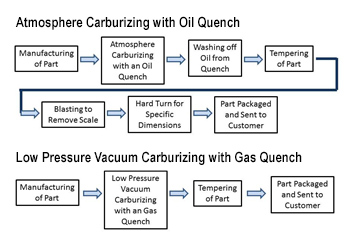
CONCLUSIONS
It was possible to show acceptable results making the transition to low pressure vacuum carburizing possible with minimal time and testing not only for new products but also for converting current production away from atmosphere carburizing. There are still a few questions that need answers before the vast majority of customers will be willing to make the commitment to the newer LPC technology. The choice for cleaner working environments, little to no intergranular oxidation and higher uniformity of treatment by its repeatability are some that need to be achieved for each individual customer and their specific parts. The potential for distortion control can also help to reduce post heat treat processing cost, along with elimination of on surface contaminants that could reduce paint performance. All of these factors contribute to a more streamlined full view of part manufacturing. With the data presented here, it shows that transitioning a heat treatment from atmosphere carburizing to low pressure vacuum carburizing can be done easily.
ACKNOWLEDGEMENTS
The authors would like to thank Nexteer Automotive and ECM-USA for its invaluable resources.
REFERENCES
[1] Goldsteinas, A., “New Vacuum Processes Achieve Mechanical Property Improvement in Gearbox Components,” Industrial Heating, (2007).
[2] Beauchesne, D., “Vacuum Carburizing – A Technology Whose Time Has Come,” (2004).
[3] Herring, D. H., and Frederick J. Otto, “Low Pressure Vacuum Carburizing, Advanced Materials and Processes,” Vol 165 No. 3 (March 2007).

